The 1944 Wheat Penny, particularly the version without a mint mark, is a rare and captivating discovery that is of significant value to collectors.
The rarest varieties of 1944 pennies were mistakenly struck using leftover steel planchets from 1943, despite the fact that the majority of them are common and made of copper.
The 1944 steel cents, which are pennies, are highly sought after due to their rarity, historical significance, and distinctive composition.
Why is the 1944 Wheat Penny with No Mint Mark So Special?
The Philadelphia Mint, which did not typically employ mint insignia, produced the 1944 Wheat Penny without a mint mark. The 1944 steel cent is distinguished by the fact that it was produced on steel planchets that were left over from 1943, which were used during World War II. In order to conserve copper for the war effort, pennies were manufactured from steel in 1943.
However, some of these steel prototypes were inadvertently utilized in 1944. This error led to the production of 1944 steel wheat pennies, which are exceedingly uncommon, with an estimated surviving quantity of only 20 to 40 coins. Consequently, collectors are prepared to pay a premium in order to acquire one of these coins.
Methods for Identifying a 1944 No Mint Mark Wheat Penny
Several experiments can be conducted to ascertain whether you possess one of these uncommon 1944 steel pennies:
- Magnet Test: Steel pennies are magnetic. Your cent is most likely a steel version if it adheres to a magnet.
- Weight Test: Copper pennies weigh approximately 3.11 grams, while steel pennies weigh approximately 2.7 grams.
- Visual Examination: In contrast to the typical copper tint, steel pennies exhibit a distinctive silver-like hue.
It is worthwhile to have your cent authenticated by a professional coin grading service if it passes these tests.
The 1944 Wheat Penny in Historical Context
The 1944 wheat cent was produced during a period in which the United States was transitioning back to copper pennies following the production of steel pennies during the war in 1943.
Steel replaced copper in 1943 for pennies, as copper was essential for ammunition and projectile casings during the war. Ample supplies of recycled copper from ammunition casings were available to the mint by 1944, which resulted in the return of copper pennies.
Nevertheless, a few surplus steel blanks from 1943 were inadvertently incorporated into the 1944 production, resulting in the rare 1944 steel pennies.
Additional Notable Variants of the 1944 Wheat Penny
In addition to the steel cent with no mint mark, there are other valuable variants:
- 1944-D/S Error: A penny minted in Denver in 1944 with a “D” mint mark over a “S” mint mark is a “D/S” error. This error is also highly sought after and can fetch substantial prices at auction.
- Copper Wheat Penny: Although not as scarce, high-quality copper pennies from 1944 can still be valuable, particularly if they are in uncirculated condition (Family Focus) Christian counseling.
The steel version of the 1944 no mint mark wheat cent is one of the most valuable and rare coins in the collection of modern collectors. Its rarity is the result of a production error that transpired during a transitional period in the annals of U.S. coinage.
Owning one of these pennies could be worth anywhere from $5,000 to $150,000, depending on its condition, as only an estimated 20 to 40 coins are known to exist. It is imperative to have one of these coins professionally authenticated in order to ascertain its true value, if you are of the opinion that you possess one.
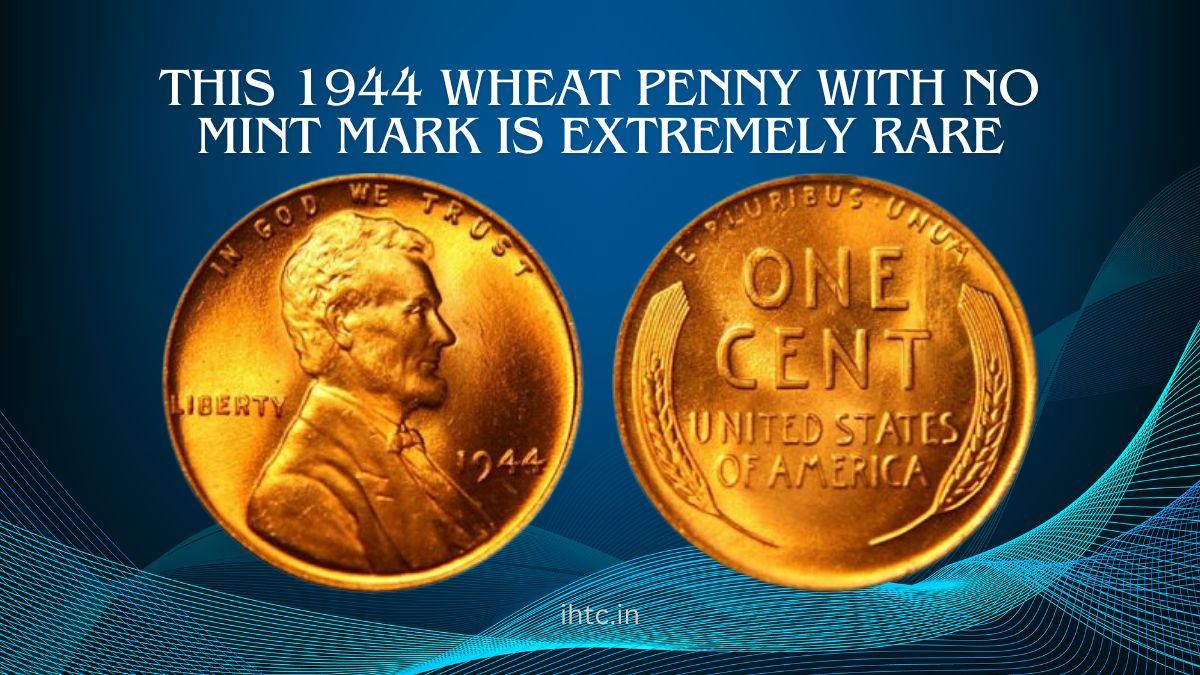
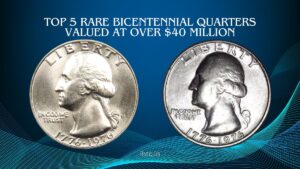
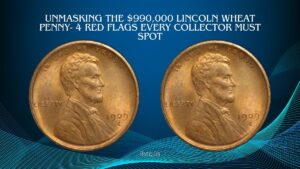
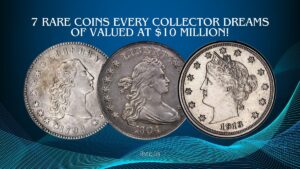
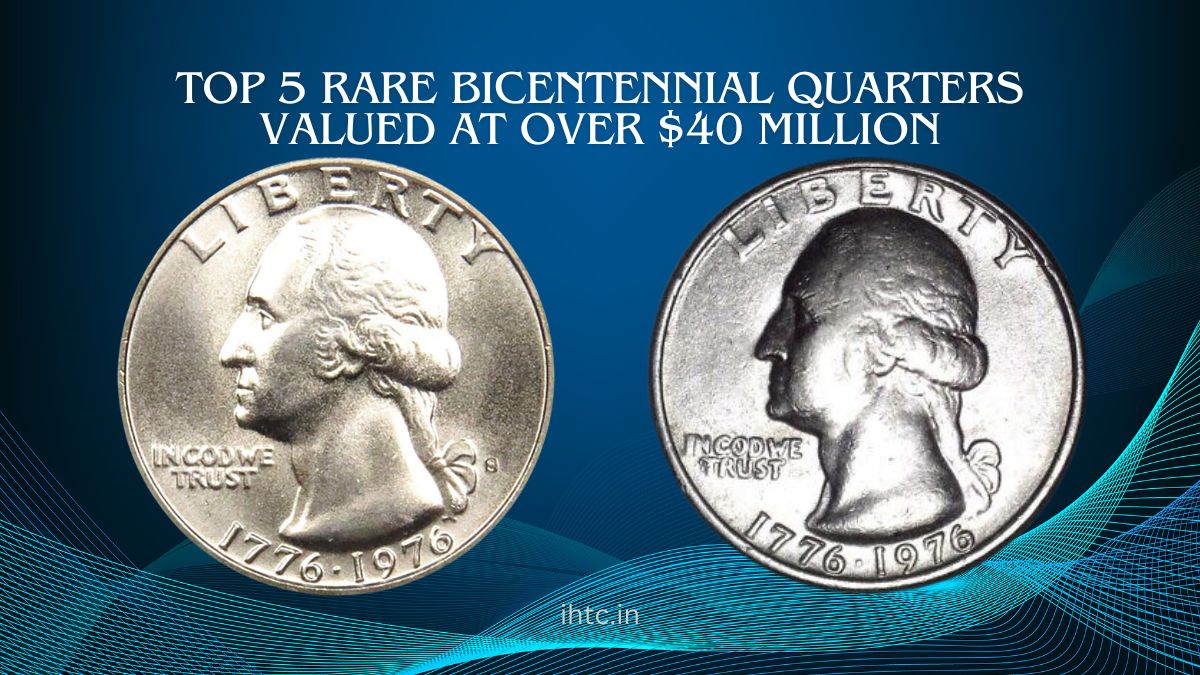
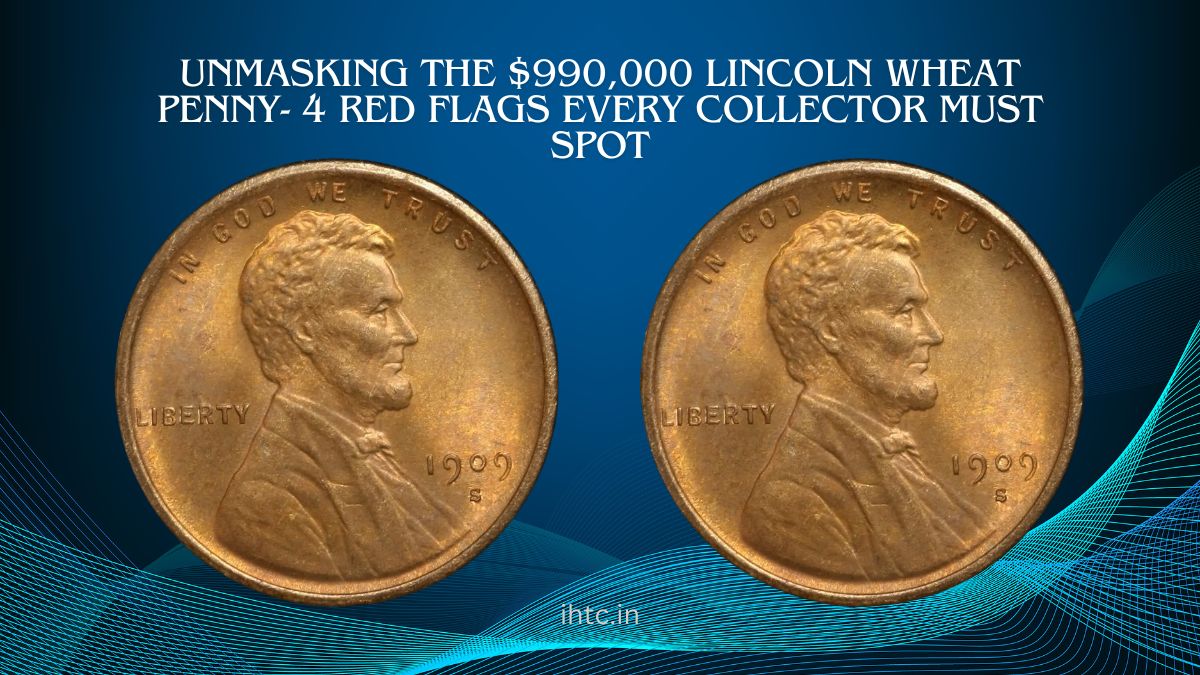
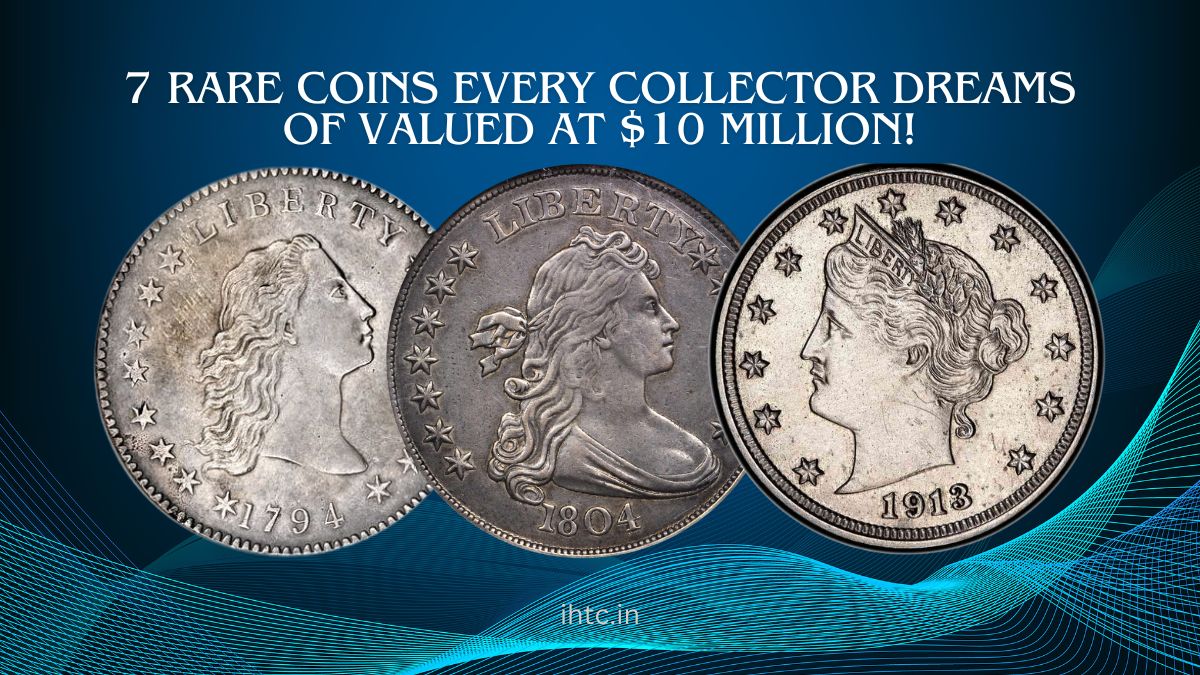

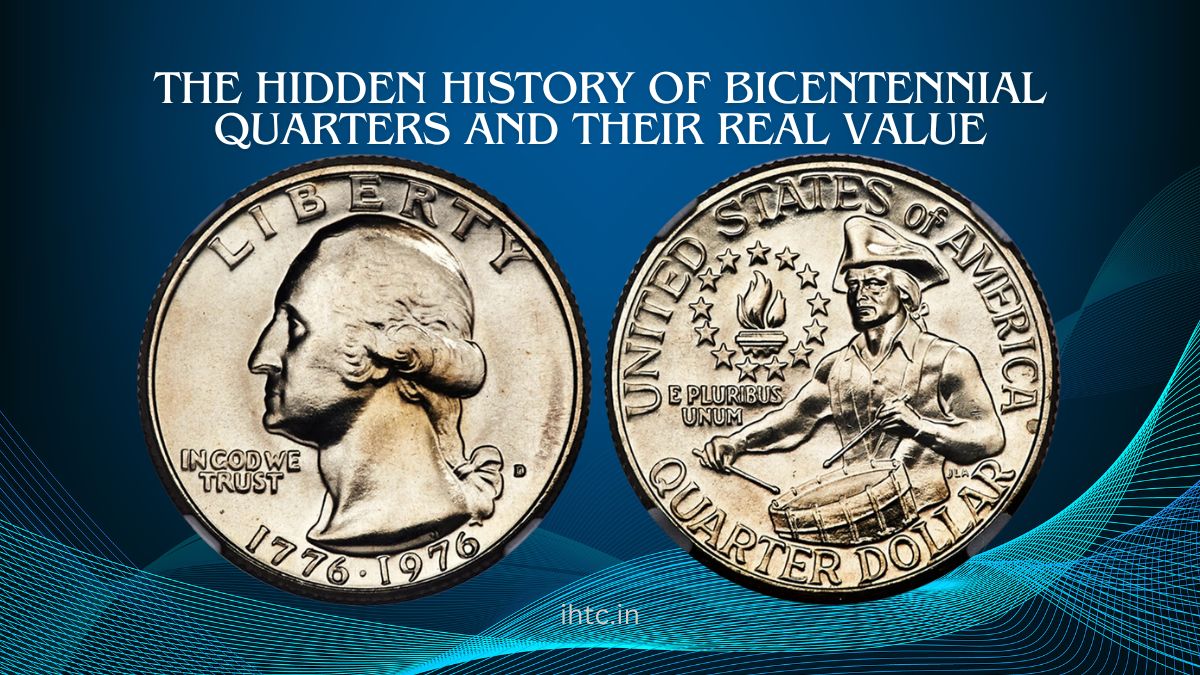
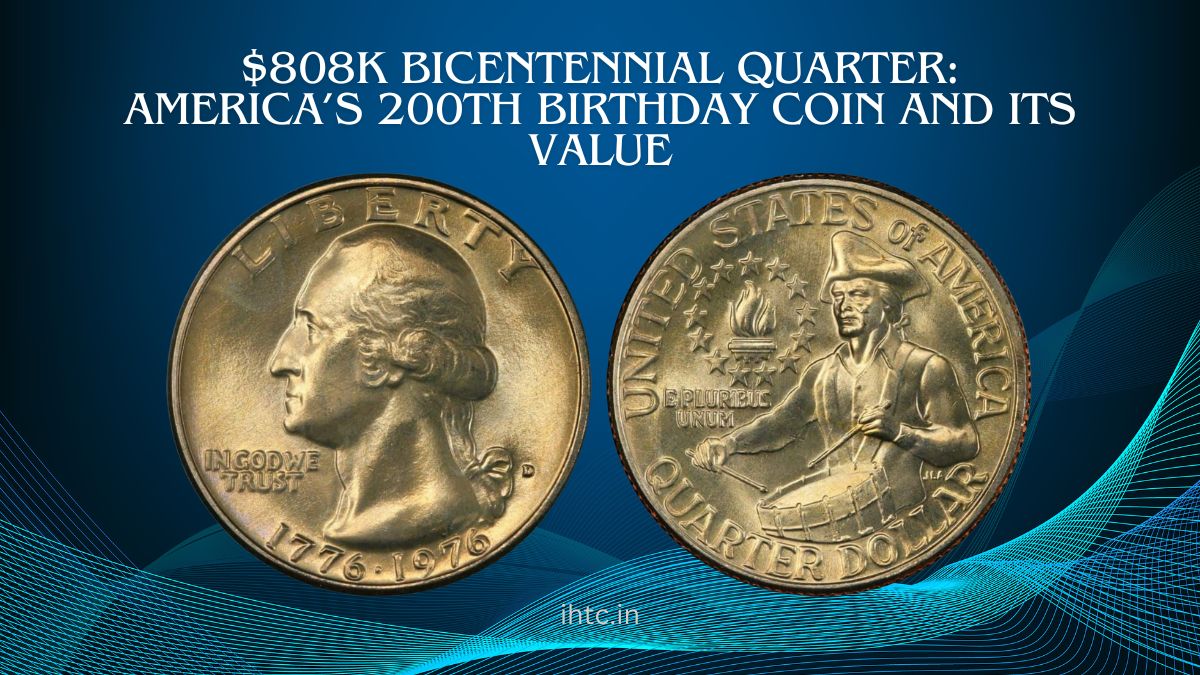
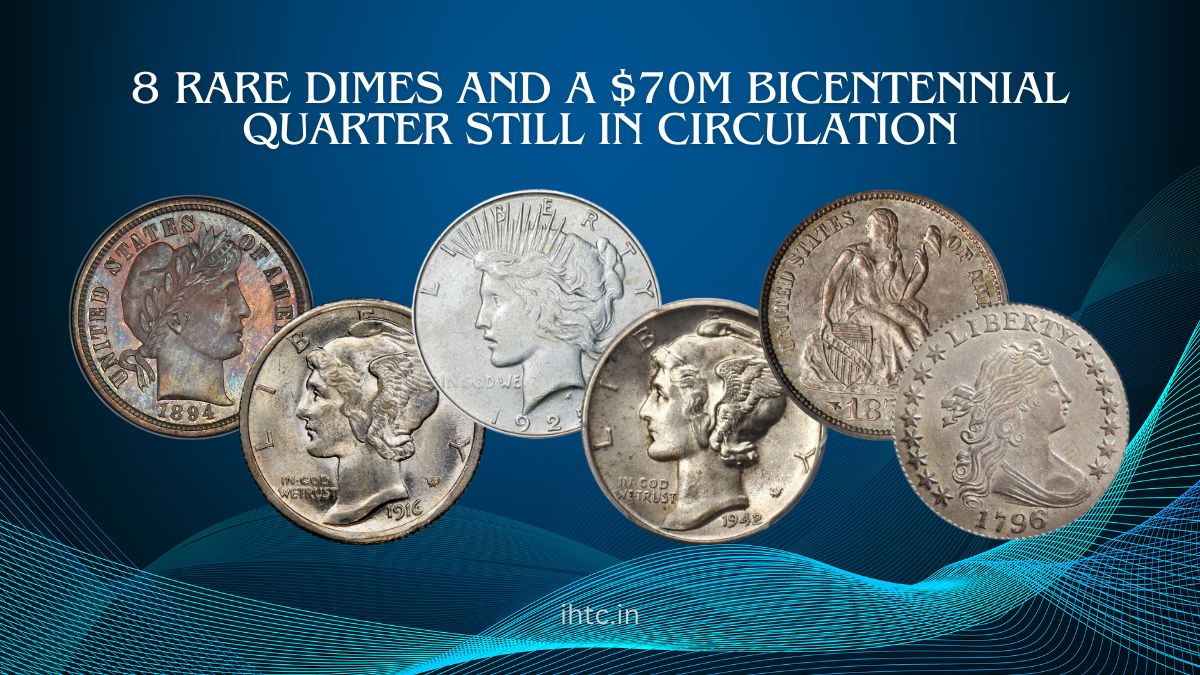
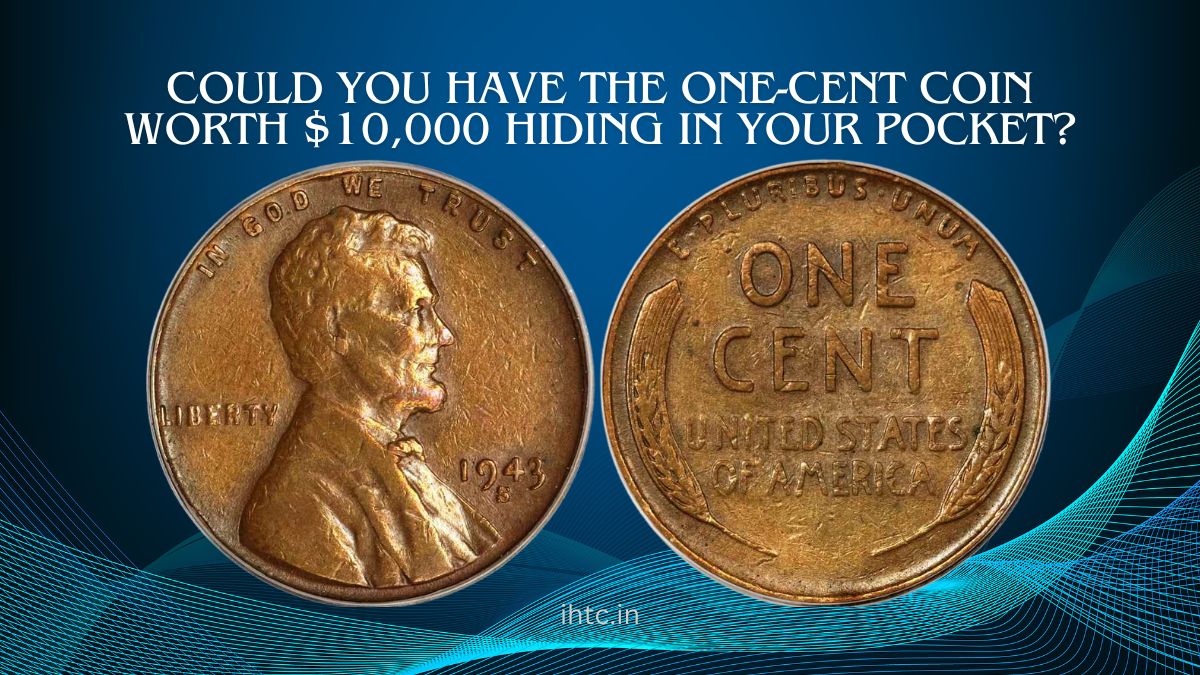


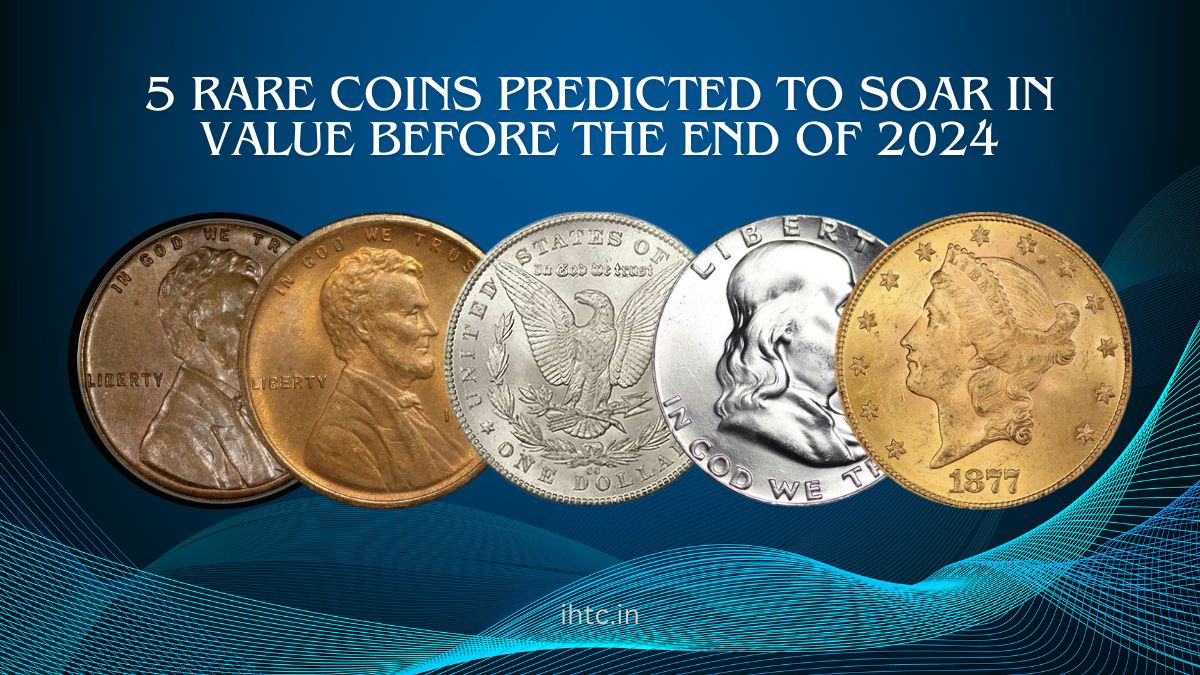
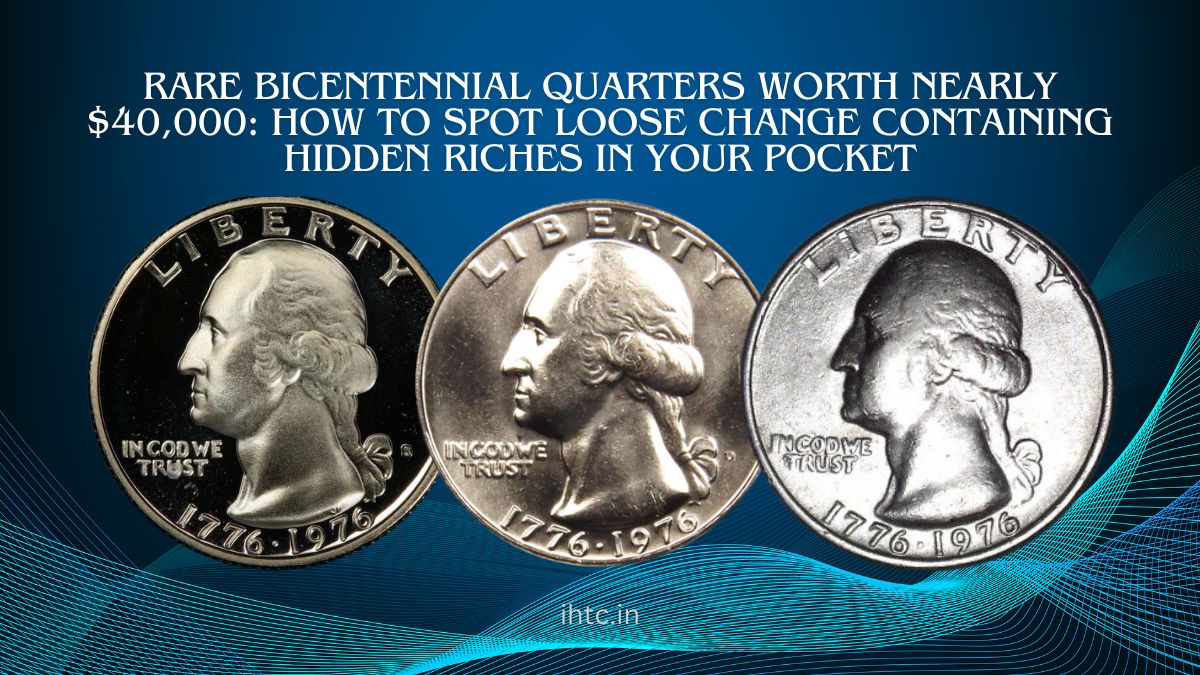
I have a 1944 no mint and a 1944 D penny both red